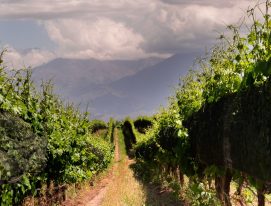Argentina is without a doubt a leading global wine producer, in part thanks to the history of provinces such as Mendoza and San Juan, the traditional bastions of Argentine viticulture. However, in recent years, other regions have emerged with great impetus and quality. They include the winegrowers of Buenos Aires who are working in promising areas in the province such as Balcarce, Tandil and Saldungaray.
The winegrowers of Buenos Aires are an example of the province’s potential as a producer and many believe that as the wineries consolidate, it might become one of the country’s most productive hubs.
Cesar Cárdenas, a viticultural consultant for small producers in Buenos Aires, says that the evidence rests in over a hundred active projects across the province, none of which is larger than 20 hectares. They offer a glimpse of what can be done in the “Three large terroirs of the area: the Pampa humeda, the transitional desert and the serrano and maritime vineyards.”
With these projects, varieties such as Albariño and Sauvignon Blanc among the whites and Merlot and Tannat for the reds seem to be the best suited to achieving the required balance. All are present in the regions, at the vanguard of the renaissance, which is seeing exponential growth in terms of production and quality.
Winegrowers of Buenos Aires
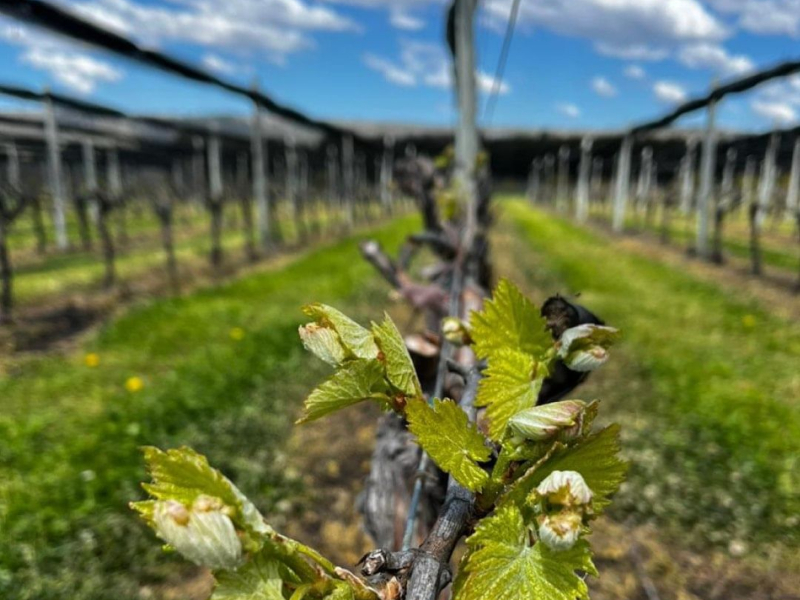
In the vast geographic mosaic of Argentina, the phenomenon has been officially recognized with the creation of the Balcarce Geographic Indication (GI) about 250 miles from the City of Buenos Aires.
Since 2013, it has been the home of Bodega Puerta del Abra. Delfina Pontaroli, the project’s oenologist, believes that the “Province of Buenos Aires will become as prominent a viticultural hub as Cuyo, the Northwest, or Patagonia.”
Even though it’s a recently discovered region with a long way still to go, she is confident that quality is achievable “so long as we properly identify what each subregion has to offer and exploit that to its fullest extent.”
This outlook inspired them several years ago to begin a research project in collaboration with the Universidad de Mar del Plata whose objective was to isolate and identify native yeasts present at the vineyard and winery. By the 2023 harvest, they decided to use a few for some initial winemaking experiments.
A unique wine
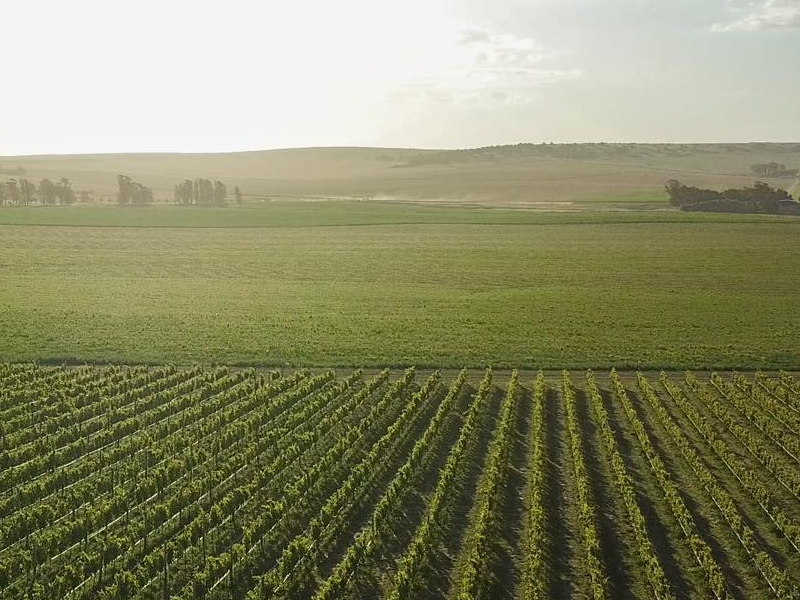
Also involved in identifying varieties and sub-regions is Bodega Castel Conegliano who make Italian-style sparkling wines with Glera grapes from their vineyard.
Under the oenological oversight of Tomás Stahringer and vineyard management of Facundo Bonamaizon, the project has produced its first sparkling wine using the Charmat method.
Stahringer hails the “distinctiveness of the Balcarce terroir, its proximity to the sea and a sierra landscape that presents a unique challenge” which has given him a glimpse of the great potential of white varieties in the region “backed up by the exceptional environment offered by Balcarce.” With fewer sunny days and lower average temperatures, the region doesn’t tend to produce very acidic wines.
Tandil, contrasts and richness
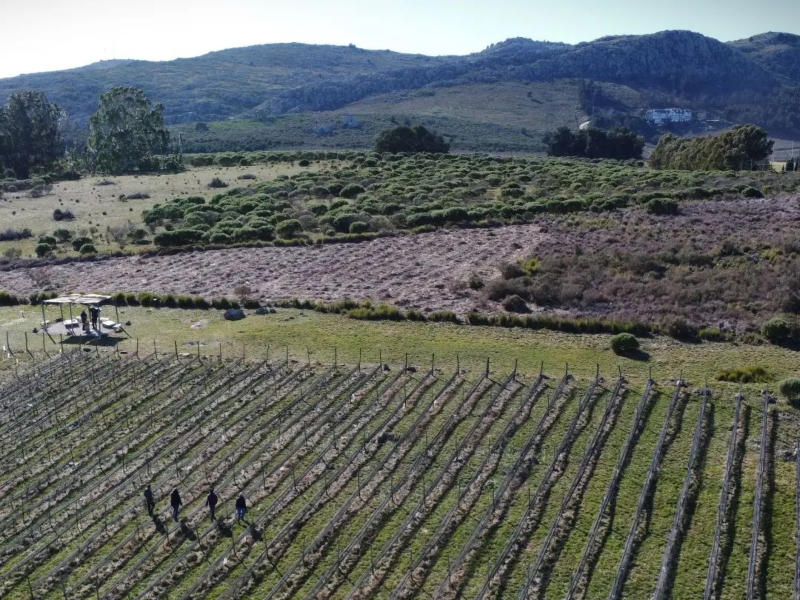
But when it comes to geological and climatic distinctiveness, Tandil stands out without a doubt. The prevalence of calcareous and granite soils, along with proximity to the sea, which ensures a temperate to cool climate, combines with a thermal range that can veer from 40°C during the day to 4°C at night.
The availability of the fundamental resource of water, with almost 1200 millimeters of rain falling annually, means that the vineyard can be dry-farmed.
Matías Lucas, who has run Bodega Cordón Blanco for the past 16 years, is in no doubt: “the wines have a different profile,” to other areas.
With complementary tourism and gastronomy industries thriving in the town, the challenge today is to focus on the quality and identity of the wines that get the best out of the local climate.
That is clearly Matías’s objective when he says that, “the wines of Tandil are produced by the climate and soils of Tandil, transcending individual tastes.”
Saldungaray and its Pinot Noirs
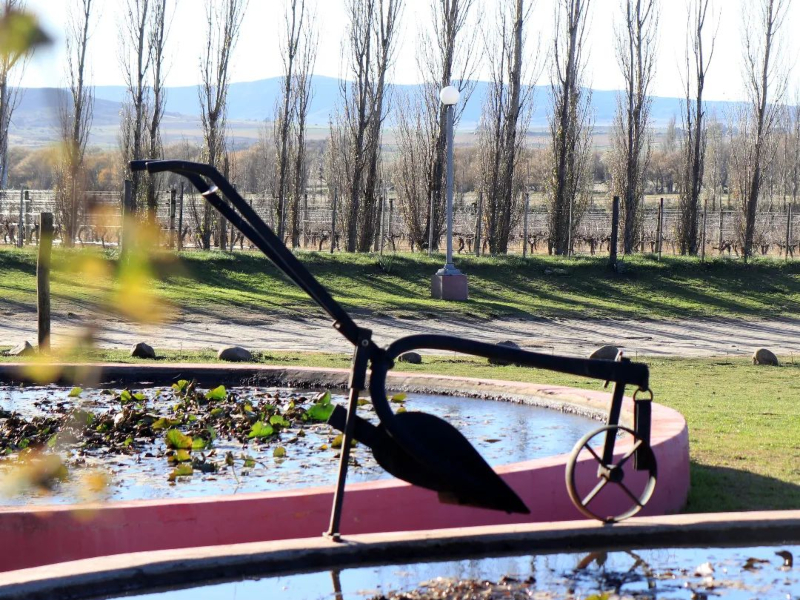
Notorious for being a difficult, sensitive variety, Pinot Noir seems to have made a home for itself in the cool area of Saldungaray. This is the opinion of Manuela Parra, the owner of Bodega Saldungaray, who adds that varieties such as Sauvignon Blanc and Chardonnay also “stand out for their freshness, accentuated by citrus and floral notes.”
Located in the Ventania valley, the combination of sunshine, low temperatures and an ample thermal range allows them to work with different varieties to create “fresh wines that might not be so structured or tannic.”
The winegrowers of Buenos Aires in Balcarce, Tandil and Saldungaray, represent a new chapter well worth keeping an eye on as the Argentine wine industry develops, offering a range of experiences that encourage drinkers to look beyond the country’s traditional powerhouses.



